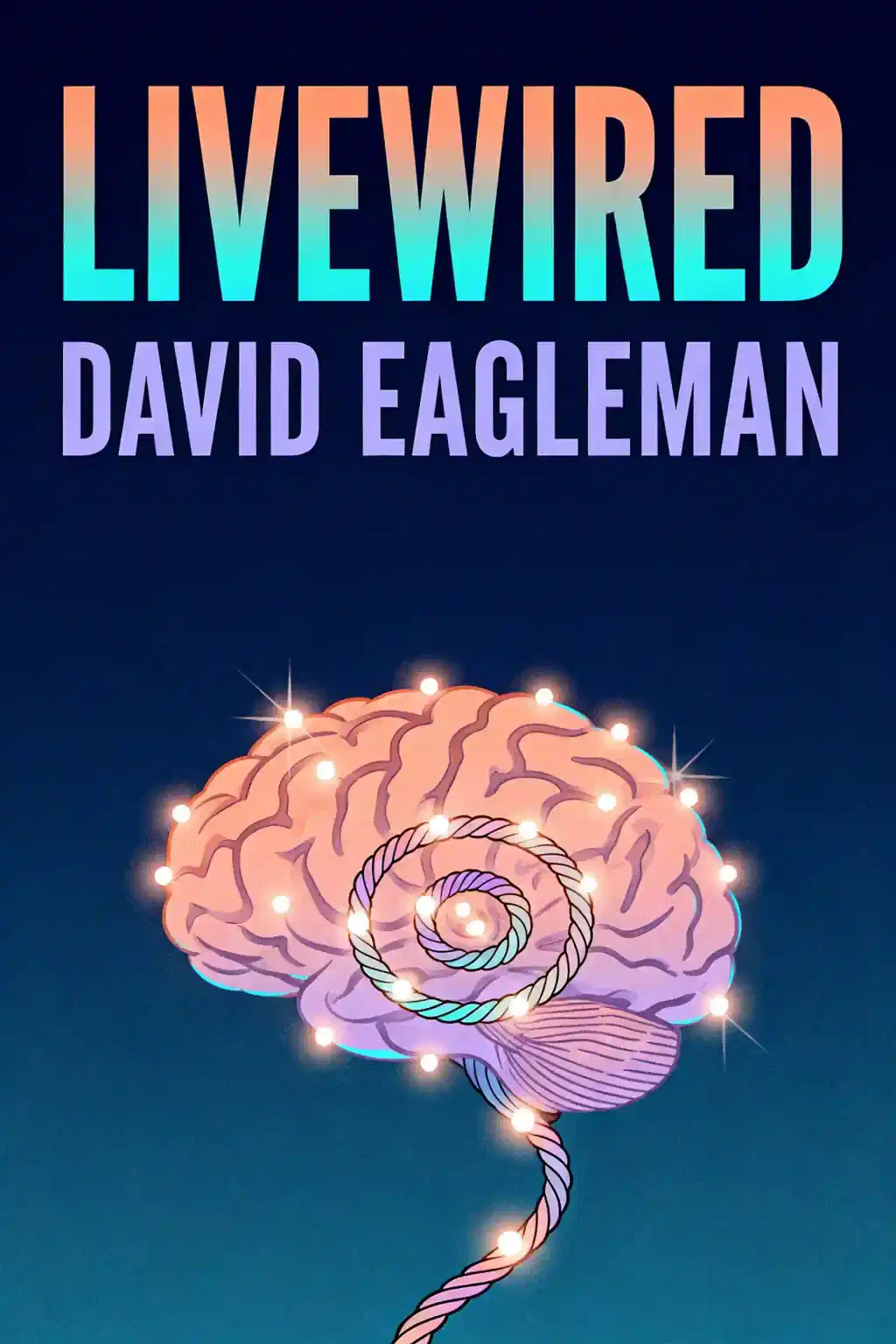What is
Incognito by David Eagleman about?
Incognito explores how our unconscious brain governs thoughts, emotions, and actions, revealing that conscious awareness represents only a fraction of mental activity. Through neuroscience research, Eagleman examines perception biases, decision-making, and implications for free will, using examples like sleepwalking crimes and sensory illusions.
Who should read
Incognito?
This book suits psychology enthusiasts, neuroscience students, and professionals interested in decision-making. It appeals to readers curious about brain chemistry’s role in behavior, consciousness debates, or how subconscious processes shape daily choices.
Is
Incognito worth reading?
Yes – Eagleman translates complex neuroscience into accessible insights with real-world examples. It’s praised for challenging assumptions about free will and offering fresh perspectives on criminal justice, art, and human behavior.
What are the main ideas in
Incognito?
Key concepts include:
- The brain operates through competing subconscious subsystems
- Perception is a constructed “hallucination” shaped by biology
- Free will is limited by neural wiring and genetics
- Criminal behavior often stems from brain abnormalities beyond conscious control
How does
Incognito explain decision-making?
Eagleman argues choices emerge from subconscious neural networks, with consciousness merely approving pre-made decisions. Examples include athletes hitting fastballs instinctively and split-second reactions to danger.
What does
Incognito say about free will?
The book posits that free will is an illusion shaped by biological and environmental factors. Eagleman suggests focusing on actions rather than blameworthiness in legal systems, given how brain tumors or disorders can alter behavior.
How does
Incognito compare to
Thinking, Fast and Slow?
While both explore dual-process thinking, Incognito emphasizes neural mechanisms over cognitive biases. Eagleman focuses more on criminal justice implications and perception biology, whereas Kahneman details decision-making errors.
What metaphors does Eagleman use in
Incognito?
Key metaphors include:
- Consciousness as a “stowaway” unaware of the brain’s machinery
- The brain as a “team of rivals” with competing subsystems
- Reality as a “constructed hallucination”
Does
Incognito discuss real-world applications?
Yes – it examines how brain science could reform legal systems by prioritizing rehabilitation over punishment. Eagleman also explores implications for AI development and understanding mental health conditions.
What criticisms exist about
Incognito?
Some neuroscientists argue Eagleman oversimplifies consciousness debates. Critics note limited discussion of neuroplasticity’s role in overcoming genetic predispositions.
How does
Incognito explain unusual behaviors?
The book uses case studies like:
- A man developing pedophilic urges from a brain tumor
- Sleepwalkers committing violent acts without awareness
- Stroke patients gaining new artistic abilities
Can
Incognito help improve decision-making?
While not a self-help guide, it provides frameworks to recognize subconscious influences. Readers learn to question knee-jerk reactions and appreciate the biological roots of biases.














